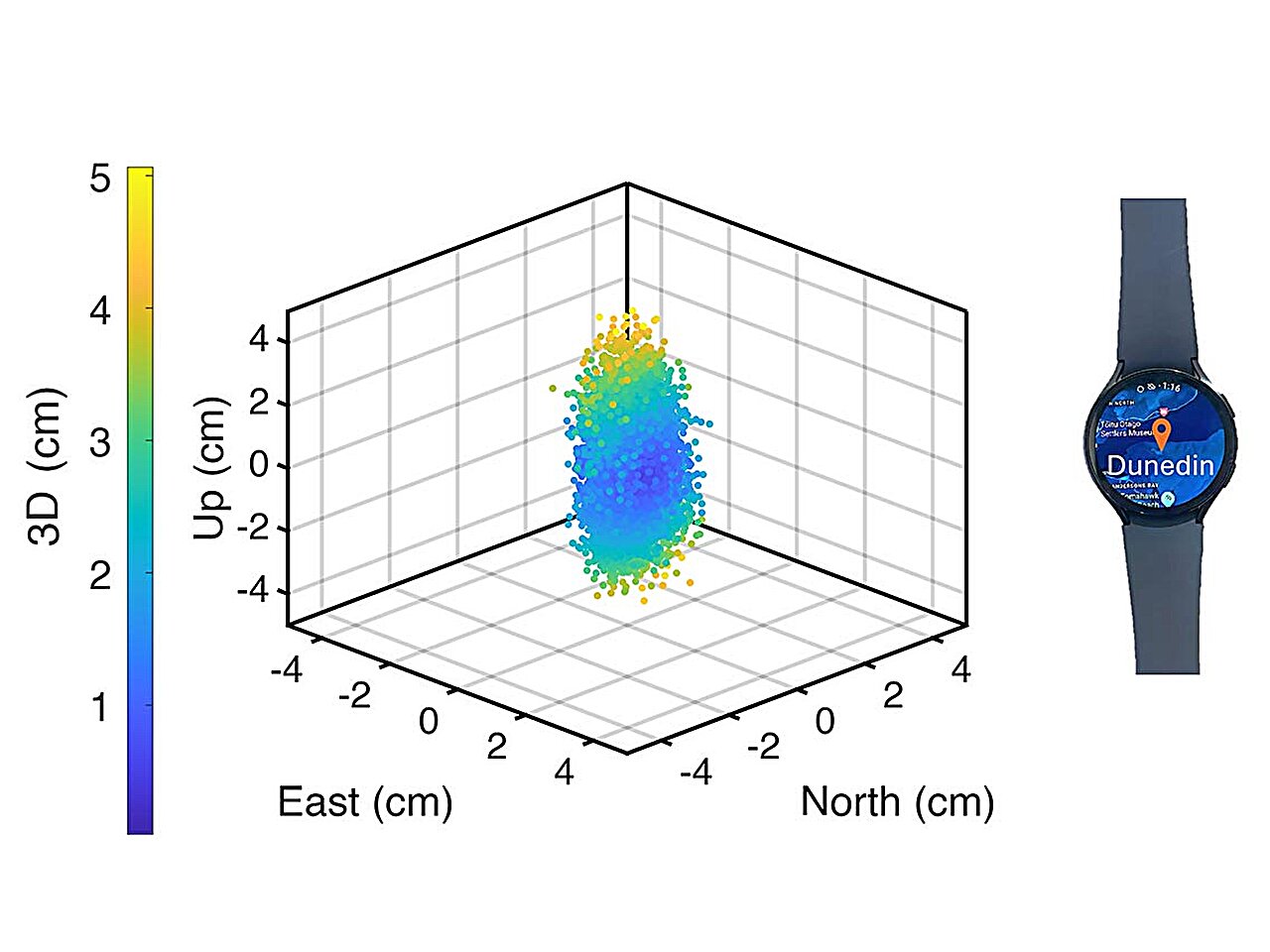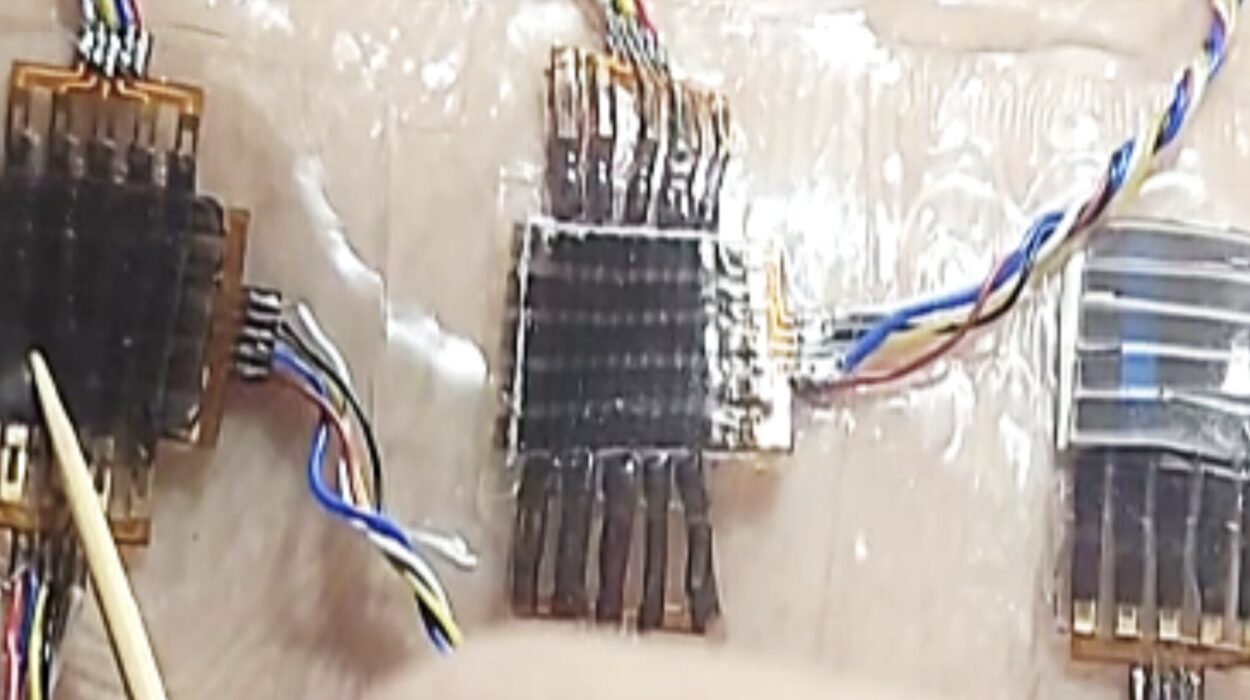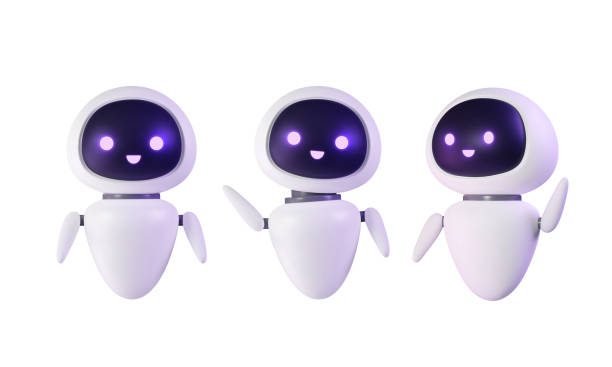For as long as GPS has existed on wrist-worn devices, accuracy has always been “good enough,” not perfect. A runner’s route might wobble across rooftops on a map, a hiker might be shown meters off-trail, and emergency services often work with location data that is precise only to a street or building, not a door. But a breakthrough from the University of Otago suggests that the age of approximate positioning may be ending — and that centimeter-level accuracy, once the privilege of expensive survey equipment, could soon live on an ordinary smartwatch.
A team led by Associate Professor Robert Odolinski, working with Google’s Android Context group and the Chinese Academy of Sciences, has developed algorithms that dramatically improve location precision using nothing more than signals already available to consumer devices. Their research, just published in GPS Solutions, shows a smartwatch remaining stationary for four hours and detecting its position with centimeter-scale accuracy — a feat never before demonstrated on such a wearable device.
Turning a Common Watch Into a Precision Instrument
For decades, centimeter-level positioning has required specialized antennas, industrial-grade receivers, and expensive equipment reserved for surveying, engineering, and military operations. The difference between those systems and ordinary GPS watches has always been in the quality of the signals they can interpret. Consumer devices typically process coarse code-based signals, which are good for street-level guidance but not for precision.
Experts have long known that using carrier-phase signals — subtle variations in the radio waves themselves — can shrink that error dramatically. But harnessing them requires power, sensitivity, and computational sophistication that watch-grade chips were never capable of until now. The Otago team’s breakthrough comes not from new hardware but from new algorithms that exploit multiple global satellite systems simultaneously using data logged through Google’s GnssLogger app. In other words, they taught existing consumer-grade sensors how to think differently.
Why This Discovery Matters
If watches and other wearables achieve reliable centimeter accuracy, entire categories of applications change magnitude overnight. Construction and surveying could shift to cheaper, smaller tools. Search and rescue operations could find missing people not just in the right forest but at the right tree. Urban robotics — drones, delivery bots, autonomous chairs, security devices — gain the positional clarity needed to operate safely in crowded spaces. Even health and fitness devices could identify gait differences, track neurological decline, or monitor fall risks with unprecedented spatial trustworthiness.
Most importantly, this advance democratizes precision. What once cost thousands may soon cost hundreds — or nothing extra — for people who already own a smartwatch.
A Door Opening, Not a Finished Journey
Odolinski is clear that this result is only the starting line. The four-hour stationary test proves what is physically and algorithmically achievable, not what is yet robust for everyday life. Moving environments introduce vibration, shielding, atmospheric effects, and noise. The algorithms must be adapted for motion, urban canyons, and fast computation under strict energy constraints. Future work will explore real-time processing and shrink the techniques into practical consumer use.
But the conceptual milestone has been crossed: a smartwatch can, under the right conditions, know exactly where it is to the width of a fingernail — something engineers once dismissed as unrealistic for pocket-worn or wrist-worn devices.
A Future Where Precision Becomes Universal
Wearable high-precision positioning is not just a technological upgrade; it represents a shift in how humans will interact with space. Maps will stop being vague representations and start being measurements. Digital services will be able to register the world at human scales rather than street scales. Tiny robots will navigate with confidence in places where humans walk. Everyday people — not just industrial professionals — will be able to measure, locate, document, and act in physical space with a fidelity once reserved for laboratories.
GPS watches arrived in 1999 as novelty gadgets. Today they are fitness trackers and navigators. Soon, if this research continues to mature, they may become precision instruments with the kind of geospatial intelligence once found only in expert hands. As Odolinski noted, this is just the beginning — but it is a beginning that redraws the map of what a watch can do.
More information: Phyo C Thu et al, First smartwatch RTK results: performance analysis of instantaneous, single-frequency multi-GNSS cm-level positioning with comparison to Google Pixel 5 smartphones, GPS Solutions (2025). DOI: 10.1007/s10291-025-01965-y






